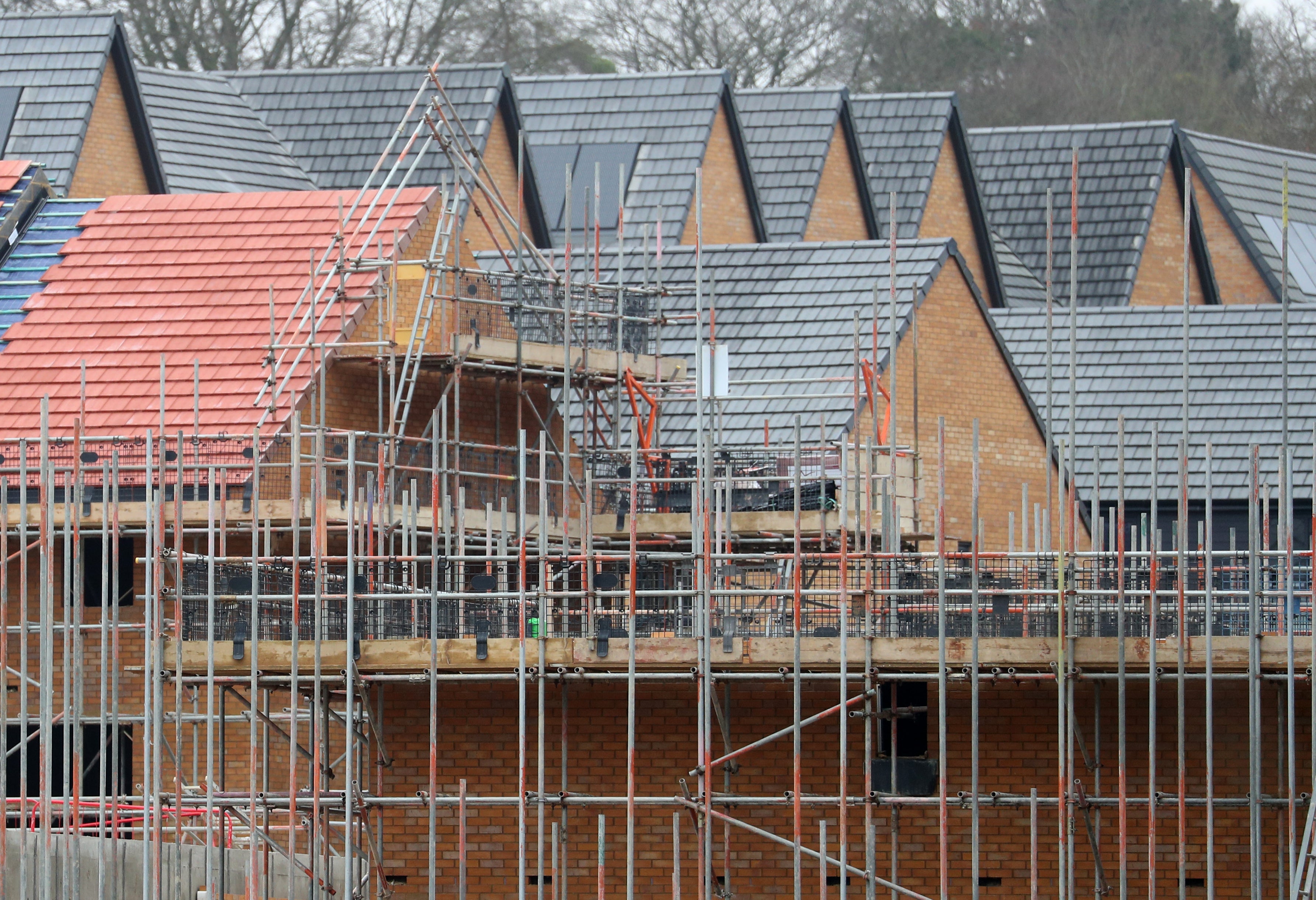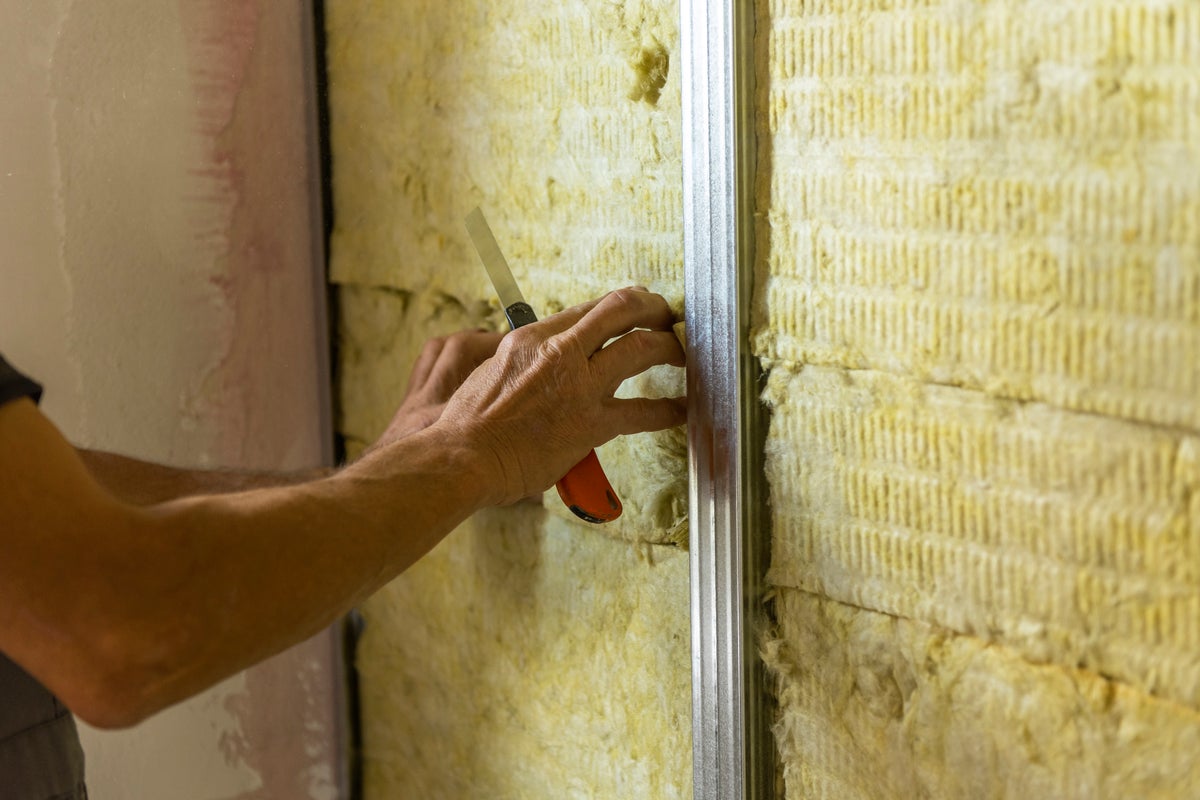Average two and five-year fixed mortgage rates have seen their first month-on-month increase since February, signalling a fresh challenge for homeowners and prospective buyers.
This uptick marks a notable shift in the lending landscape after a period of relative stability.
According to financial information website Moneyfacts, which meticulously tracks market rates at the start of each month, the average two-year fixed-rate mortgage across all deposit sizes rose from 4.96 per cent in September to 4.98 per cent in October.
Similarly, the average five-year fixed rate also climbed, moving from 5.00 per cent in September to 5.02 per cent last month.
Moneyfacts attributed these adjustments to "mixed moves" from various lenders across the market.

This trend has also contributed to an extended shelf-life for mortgage products, with the average duration a deal remains available increasing to 22 days in October, up from 17 days in September. This suggests a more cautious and dynamic approach from providers in the current economic climate.
This is the first time the average shelf-life has moved above 20 days since April 2025, when it was 21 days, Moneyfacts said.
Rachel Springall, a finance expert at Moneyfacts, said: “Borrowers may well be disappointed to see fixed mortgage rates on the rise.
“Volatile swap rates and a cautionary approach among lenders have led to an abrupt halt in consecutive monthly average rate falls.”
She said that with sticky inflation, “any imminent base rate cuts by the Bank of England seem unlikely”.
Ms Springall added: “It is not all doom and gloom for borrowers, as the mortgage market has shown how far it has improved over recent years.
“Borrowers who locked into a two-year fixed-rate deal back in October 2023 would have been paying 6.47 per cent in interest on average, compared to 4.98 per cent now.
“That is a difference of £225 per month in repayments on a £250,000 mortgage over 25 years.”
Simon Gammon, managing partner at Knight Frank Finance, said: “Inflation has crept close to double the Bank of England’s 2 per cent target in recent months, and consumers’ inflation expectations have started to rise.
“Both factors have unsettled policymakers and paused the steady decline in mortgage rates we’ve seen since early spring.
“Lenders have responded cautiously, with some edging rates higher and the overall average ticking up slightly.

“This is unlikely to mark the start of a sustained rise in borrowing costs, but rather a prolonged plateau while the outlook becomes clearer.
“The pause is likely to weigh on housing market activity, which was already showing signs of softening ahead of the November Budget amid speculation about potential changes to property and personal taxation.”
On Monday, housebuilders Barratt Redrow and Persimmon unveiled a new 5 per cent deposit scheme, supported by Barclays and TSB.
Under the Rezide scheme, home buyers will need to provide a 5 per cent deposit, while a Rezide equity loan will cover 15 per cent of the property’s market value, up to a maximum loan amount of £100,000.
The remaining 80 per cent of the purchase price will be financed through a mortgage from Barclays or TSB. Various terms and conditions will apply.
The product will initially be available only to buyers of Barratt Redrow and Persimmon homes, with the scheme being rolled out across England, those behind the initiative said.
They added that the scheme has been designed to support both first-time buyers entering the property market, as well as those seeking to move into new-build homes.

.jpeg)






















.jpeg)













 English (US) ·
English (US) ·